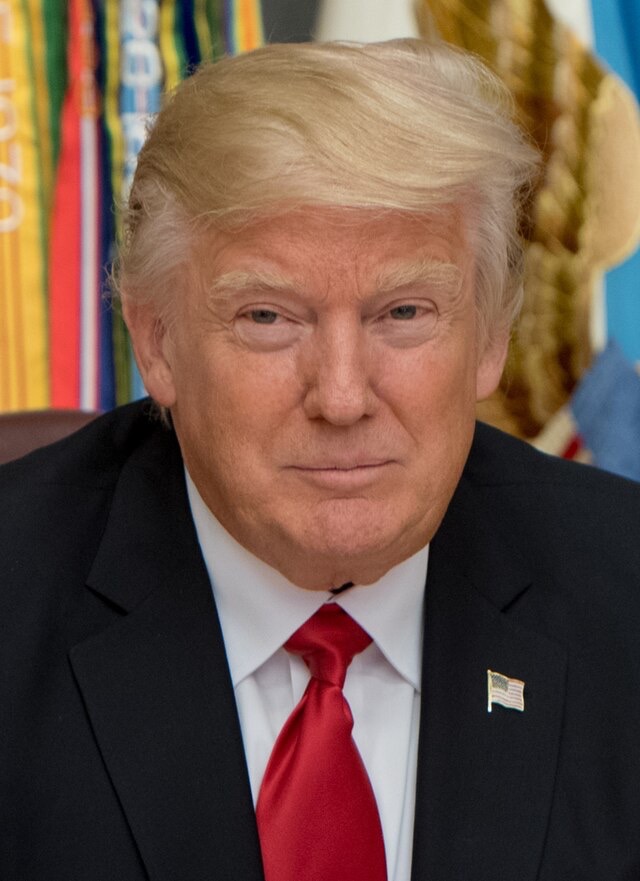Overview of the Ceasefire Announcement
In a significant diplomatic development, President Donald Trump announced that India and Pakistan have agreed to a full and immediate ceasefire after intensive negotiations mediated by the United States. The announcement comes amid escalating tensions between the two nuclear-armed neighbors, raising hopes for de-escalation in the region.
Context of Recent Escalations
The ceasefire agreement follows a series of hostile exchanges between India and Pakistan, including missile strikes and cross-border skirmishes. The conflict intensified after a deadly attack in Indian-administered Kashmir, leading to retaliatory actions from both sides and increasing international concern over the potential for a broader conflict.
Details of the Ceasefire Agreement
Terms and Conditions
While specific details of the ceasefire agreement have not been publicly disclosed, it is understood that both nations have committed to halting all military operations along the Line of Control and refraining from any actions that could escalate tensions. The agreement aims to restore peace and stability in the region and prevent further loss of life.
Statements from Involved Parties
President Trump expressed satisfaction with the outcome, stating, “After a long night of talks mediated by the United States, I am pleased to announce that India and Pakistan have agreed to a full and immediate ceasefire.”
Role of U.S. Mediation
Trump’s Involvement
President Trump’s direct involvement in the negotiations underscores the United States’ commitment to facilitating peace between India and Pakistan. His administration has been actively engaged in diplomatic efforts to de-escalate the situation and encourage dialogue between the two nations.
Diplomatic Efforts by Secretary of State Marco Rubio
Secretary of State Marco Rubio played a crucial role in the mediation process, maintaining constant communication with leaders from both countries. He emphasized the importance of constructive talks and offered U.S. assistance in initiating dialogue to avoid future conflicts.
Reactions from India and Pakistan
Official Responses
Both India and Pakistan have yet to release detailed official statements regarding the ceasefire agreement. However, prior to the announcement, both nations indicated a willingness to consider de-escalation if the other party reciprocated.
Public and Media Reactions
The public and media in both countries have expressed cautious optimism about the ceasefire, with many hoping that this agreement will lead to lasting peace and improved bilateral relations. However, some skepticism remains regarding the durability of the ceasefire, given the history of previous agreements being short-lived.
International Community’s Response
Statements from Global Leaders
The international community has welcomed the ceasefire agreement, with various global leaders and organizations urging both India and Pakistan to uphold their commitments and engage in sustained dialogue to address underlying issues.
Impact on Regional Stability
The ceasefire is expected to have a positive impact on regional stability, reducing the immediate risk of a broader conflict and allowing for humanitarian efforts to assist affected populations. It also opens the door for future diplomatic engagements aimed at resolving longstanding disputes.
Conclusion
The announcement of a ceasefire between India and Pakistan, facilitated by U.S. mediation, marks a significant step toward de-escalating tensions in a region fraught with historical conflicts. While challenges remain, this development offers a glimmer of hope for lasting peace and improved relations between the two nations.
FAQs
What led to the recent India-Pakistan tensions?
The tensions escalated following a deadly attack in Indian-administered Kashmir, which India attributed to Pakistan-based militants. This led to retaliatory military actions from both sides, including missile strikes and cross-border skirmishes.
What are the key terms of the ceasefire?
While specific terms have not been publicly disclosed, the ceasefire involves a mutual agreement to halt all military operations along the Line of Control and to avoid actions that could escalate tensions.
How did the U.S. facilitate the agreement?
The United States, under President Trump’s leadership, engaged in intensive diplomatic efforts, including direct negotiations and communications with leaders from both India and Pakistan, to mediate the ceasefire agreement.
What are the potential challenges to the ceasefire?
Challenges include maintaining mutual trust, preventing violations along the border, and addressing the underlying issues that have historically fueled tensions between the two countries.
How does this impact future India-Pakistan relations?
The ceasefire could serve as a foundation for renewed diplomatic engagement and efforts to resolve longstanding disputes, potentially leading to improved bilateral relations and regional stability.



